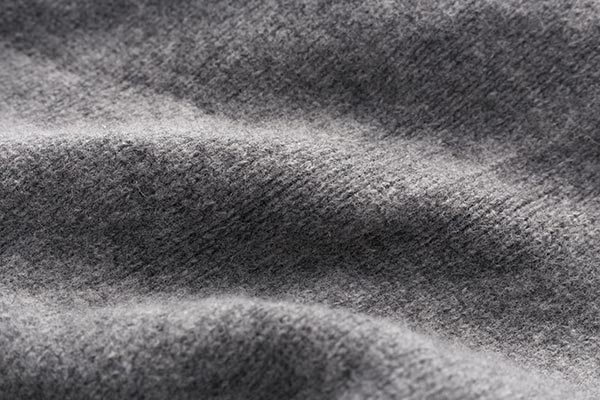The many survival uses of wool blankets
Friday, October 18, 2019 by Grace Olson
http://www.bugout.news/2019-10-18-the-many-survival-uses-of-wool-blankets.html

You may find wool blankets in bargain bins, but don’t let the price tag fool you. Wool blankets have been used for many years. In North America, wool blankets used to be valuable goods for trading, and today, they are the standard blankets used in the American military.
They may seem outdated to a modern prepper, but wool blankets have numerous qualities that are not only useful but also helps your survival. (h/t to BackdoorSurvival.com)
Why a wool blanket?
Compared to synthetic blankets, wool blankets are the better options for long-term prepping. Despite being heavier than their synthetic counterparts, wool blankets have a lot to offer to the modern prepper. Check the list below:
- Wool blankets have water-resistant and absorbent properties. Wool fibers both resist and absorb moisture. The exterior of wool is naturally water-resistant, but the interior can absorb a lot of moisture, reaching up to 30 percent in fine wool blankets. For comparison, synthetic blankets can only reach up to five percent.
- Wool is flame-resistant. Compared to other blankets which melt or spread the flames, wool blankets produce a “char layer” that protects the rest of the blanket. The blanket may get burned through and produce a hole, but at least the rest of the blanket can still be used.
- Wool blankets provide extra warmth. The hollow fibers in wool is comparable to the latest synthetic winter gear. Hollow fibers can give extra insulation for the body.
These are all crucial properties that can give you extra protection, whether you’re at home or outdoors.
People may complain that they are scratchy or itchy, but this is simply due to the size of the fibers. If the fibers are thick and long, the blanket may feel coarse. Premium wool blankets have finer fibers and a softer feel. Whichever kind you use, both will prove very useful in the long run. (Related: Top 12 NECESSARY items for survival when SHTF.)
Uses of a wool blanket
Wool blankets have a lot of advantageous properties, so it’s best to make the most of them. You can use them as a sheet or a spread, but these blankets can still be used in other ways. Here are some ways to use your wool blanket:
1. Sleeping bag
Fold the wool blanket in half and pin the edges together. Slide in for a makeshift sleeping bag. Fishermen and lots of other people practice this when they’re out at sea or in the wild.
2. Coat/outerwear
You can simply drape the blanket over your shoulders, but the length is a problem when you’re on the move. For that, you can make a “match coat.” Simply fold the blanket in half, drape it over your shoulders, and pin the two sides of the blanket at the chest area.
3. Poncho
Because wool absorbs high amounts of water, it can be draped over your head when it rains. Simply tie or pin it under your chin to keep the blanket in place.
4. Backpack
Fold the wool blanket in half and place your items in the middle of it. Fold the ends over the items in a way that it overlaps with other folds. Repeat this process many times until there’s no more extra piece of the blanket hanging. Secure the “backpack” with ropes and attach belts for shoulder strap.
5. Lean-to
For protection from strong winds or other elements, simply attach the ends of the blanket to the branches of two trees, then weigh down the bottom edge of the blanket with a rock.
6. Cordage
In emergency situations, cut the blanket into strips and twist them for cordage material. You can also recycle damaged wool blankets that are no longer usable.
Wool blankets are must-haves in your bug-out kit. Learn more about other essential items you need to prepare before SHTF at Preparedness.news.
Sources include:
PreppingMadeEasy.Wordpress.com
Tagged Under: Tags: bug out, bug out kit, emergency, how-to, insulation, military supplies, preparedness, prepper, prepping, resist fire, resist water, survival, survivalist, wool, wool blankets

